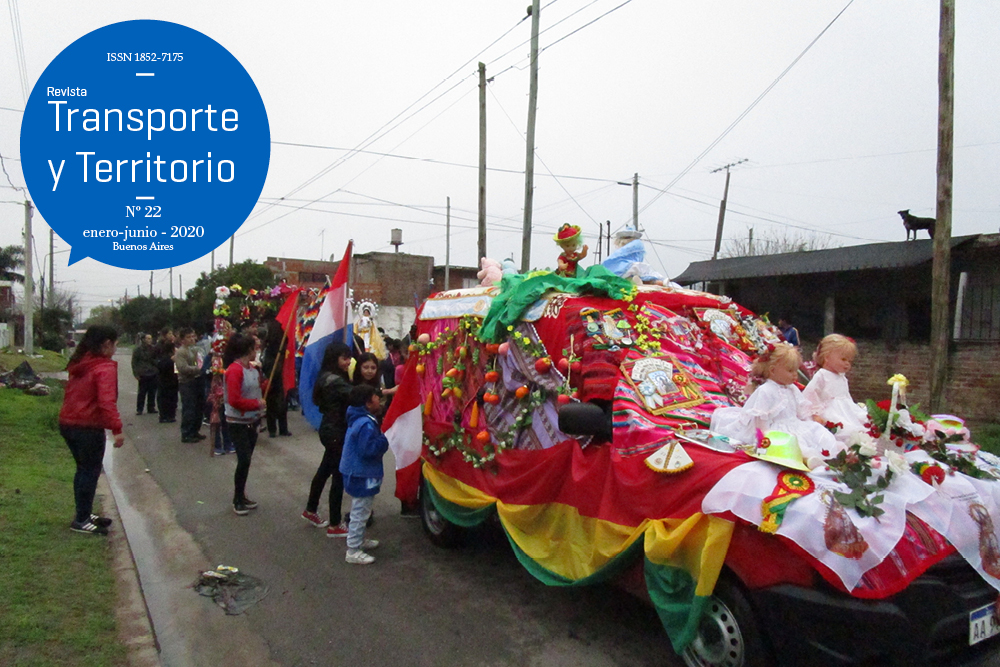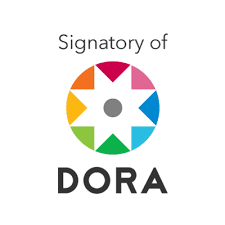User satisfaction about the public passenger transport service
Abstract
This paper reports the derivations of the assessment of user satisfaction about the bus transport service for the area of the city of Toluca, Mexico. The factors identified in a first phase were three quantitative: waiting time, time on board the bus, and travel cost: fare; and 15 qualitative factors framed in three dimensions of the service: driving style, treatment that the user receives and physical condition of the bus. Afterwards, a satisfaction survey was designed and applied to obtain the users’ perceptions about the quality levels of the 18 previously identified factors. These perceptions were captured using Likert scales with five levels previously selected and refined by a focus group. Based on the analysis carried out, it is inferred that in order to increase user satisfaction, it is necessary to carry out implementations aimed at qualitative factors rather than operational aspects. This will allow the public transport company to redefine and manage its quality of service guidelines in order to improve its image, resulting in an improvement of the user during the trip in public transport.Downloads
References
de Oña, J. y de Oña, R. (2014). Quality of Service in Public Transport Bsed on Costumer Satisafaction Survey: A Review and Assessment of Methodological Approaches. Transportation Science, pp. 1-18. DOI: 10.1287/trsc.2014.0544.
Eboli, L. y Mazzulla, G. (2009). A new customer satisfaction index for evaluating transit service quality. Journal of Public Transportation, 12(3), pp. 21-37. http://doi.org/10.5038/2375-0901.12.3.2.
Elejabarrieta, F. y Iñiguez, L. (1984). Construcción de escalas de actitud tipo Thurst y Likert. <http://www.ict.edu.mx/acervo_bibliotecologia_escalas_escalas%20likert-thust.pdf>.
Gilbert, G. R. y Veloutsou, C. (2006). A cross-industry comparison of customer satisfaction. Journal of Services Marketing, pp. 298-308. https://doi.org/10.1108/08876040610679918.
Grigoroudis, E. y Siskos, Y., 2010. Customer Satisfaction evaluation Methods for measuring and implementing service quality. New York: Springer.
Hinojosa Reyes, R., Jiménez Sánchez, P. L. & Campos Alanís, J. (2014). Transporte y calidad de vida en el Área Metropilitana de Toluca. En: Encuentro Interno Transdisiplinario de los sistemas de Información y Tecnología en las ciencias Nezahualcóyotl, México.
Losby, J. y Wetmore, A. (2012). Using Likert Scales in evaluation Survey Work. Atlanta: Centers for Disease Control and Prevention. https://www.cdc.gov/dhdsp/pubs/docs/CB_February_14_2012.pdf.
Parasuraman, A., Zeithaml, V. y Berry, L. (1985). A conceptual model of service quality and its implication for future research. Journal of Marketing, 49, pp. 41-50. DOI: 10.2307/1251430.
Romero, J., Gaspar, N. y Bautista, E. (2016). Percepción de la satisfacción del servicio en el transporte público solo para mujeres, Revista Transporte y Territorio, 15, pp. 164-182. http://revistascientificas.filo.uba.ar/index.php/rtt/issue/view/181.
Stopher, P. (2012). Collecting, Managing, and Assessing Data Using Sample Surveys. Primera Edición ed. Cambridge: Cambridge University Press.
van de Velde, D. (1999). Organisational forms and entrepreneurship in public transport Part 1: classifying organisational forms. Transport Policy, 6, pp. 147-157. DOI: 10.1016/S0967-070X(99)00016-5.

1.jpg)

3.png)























